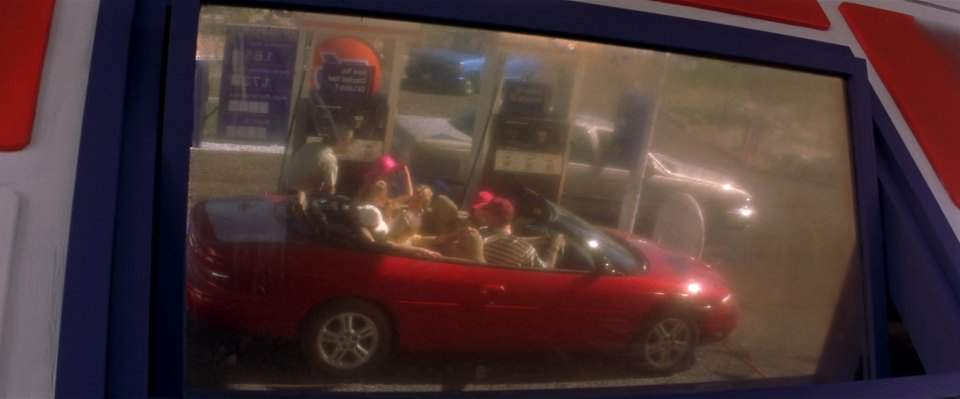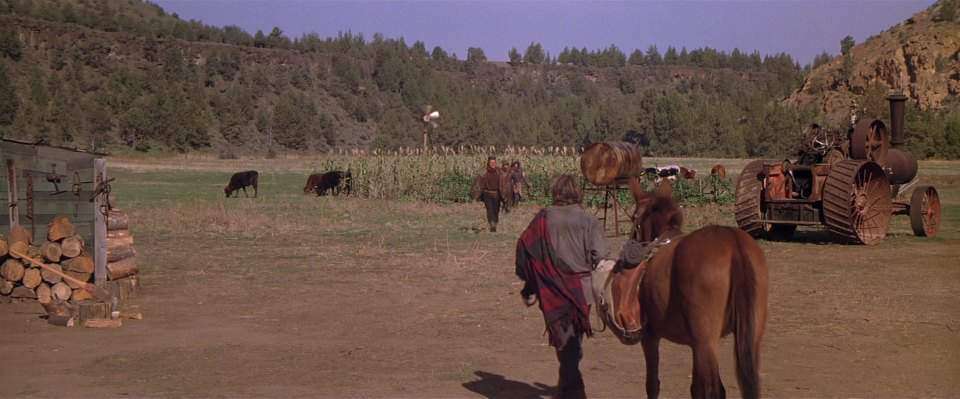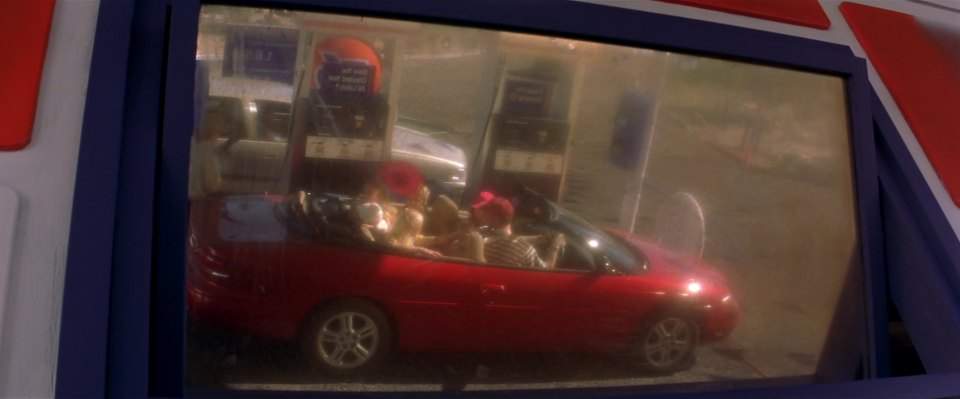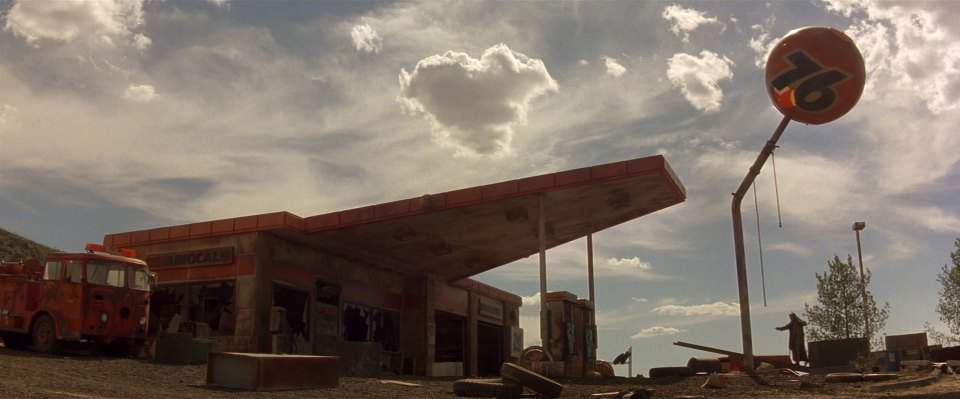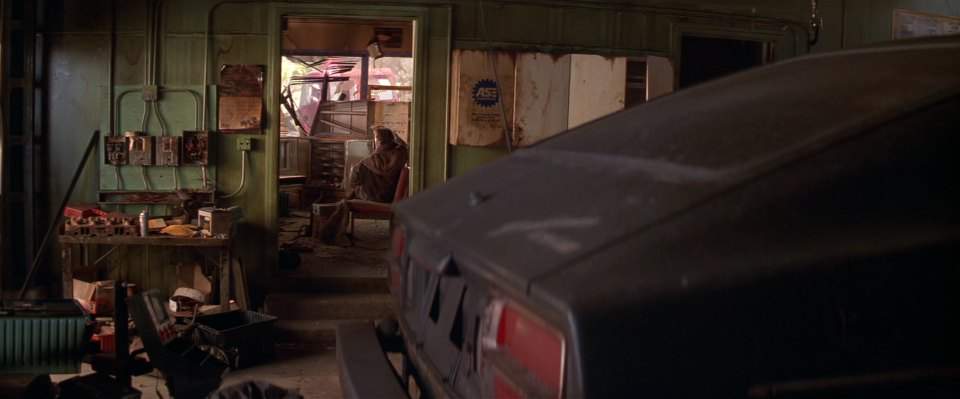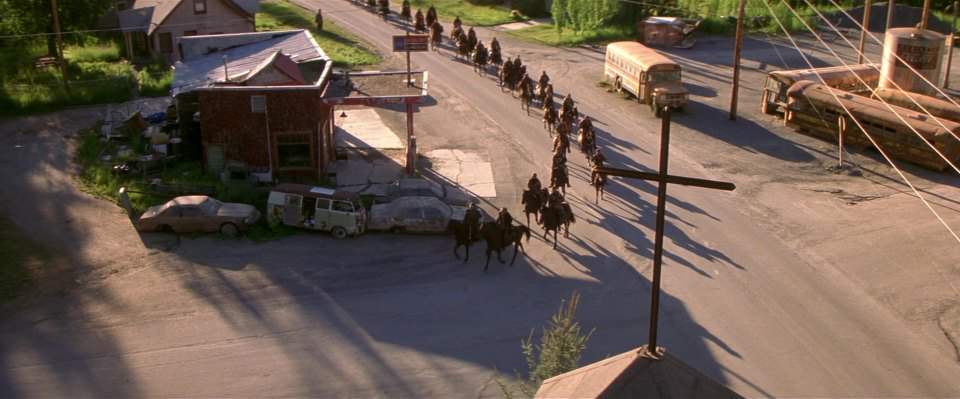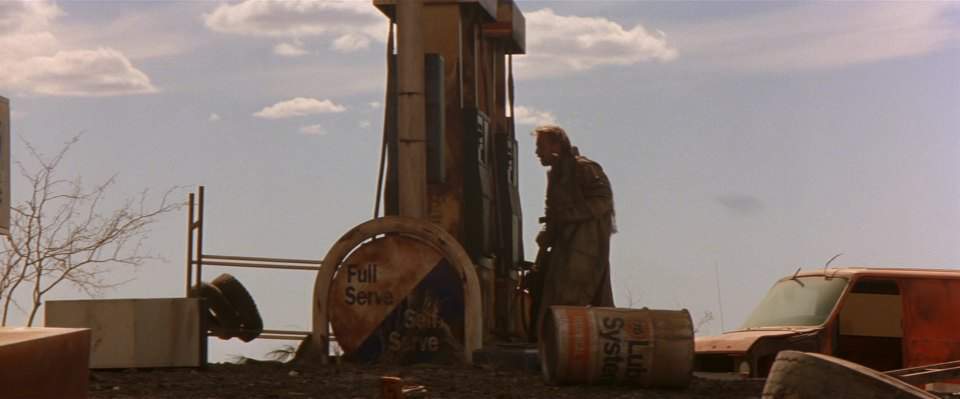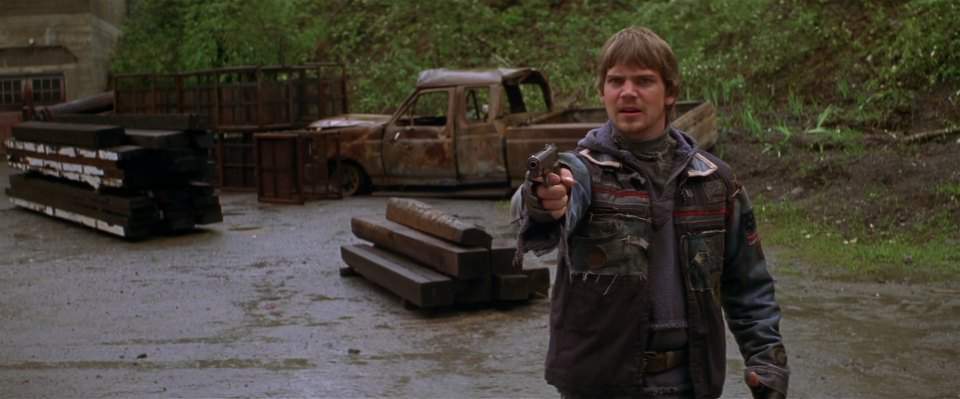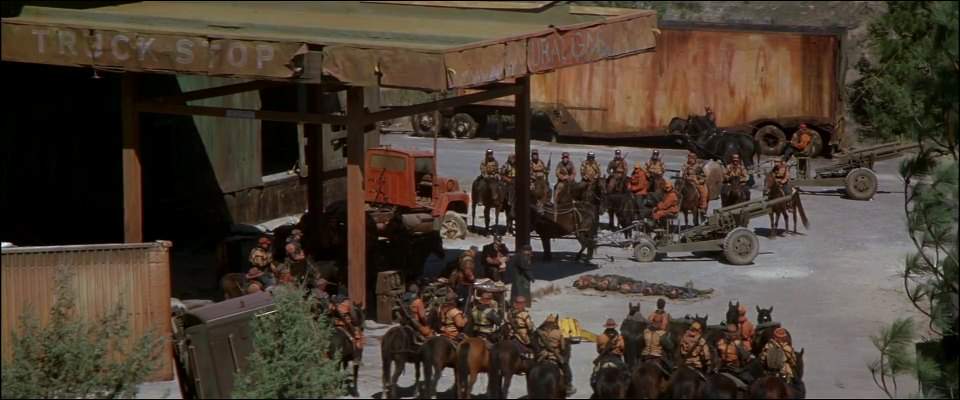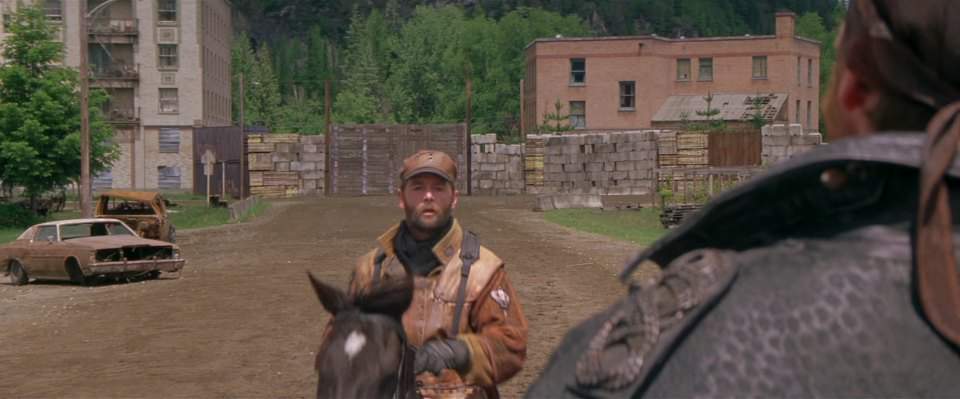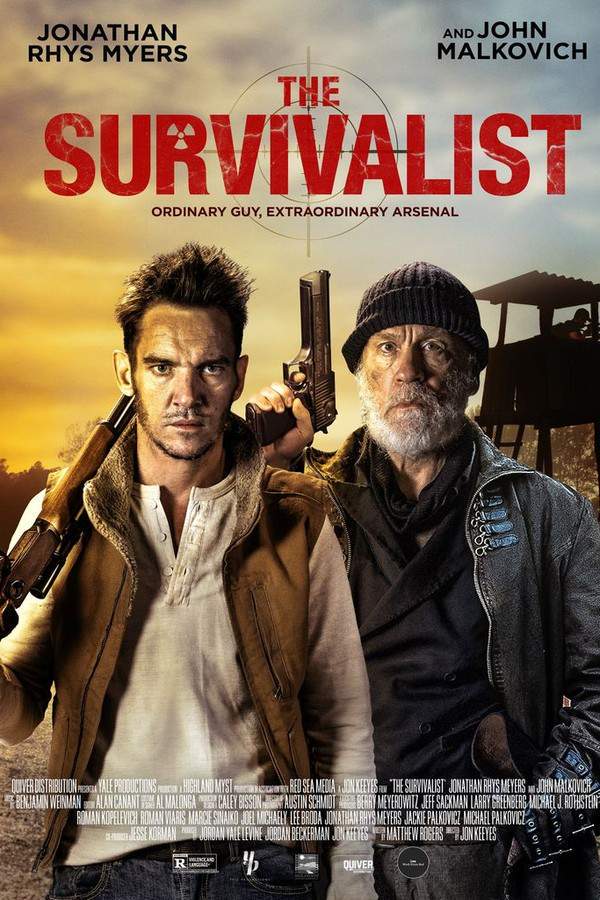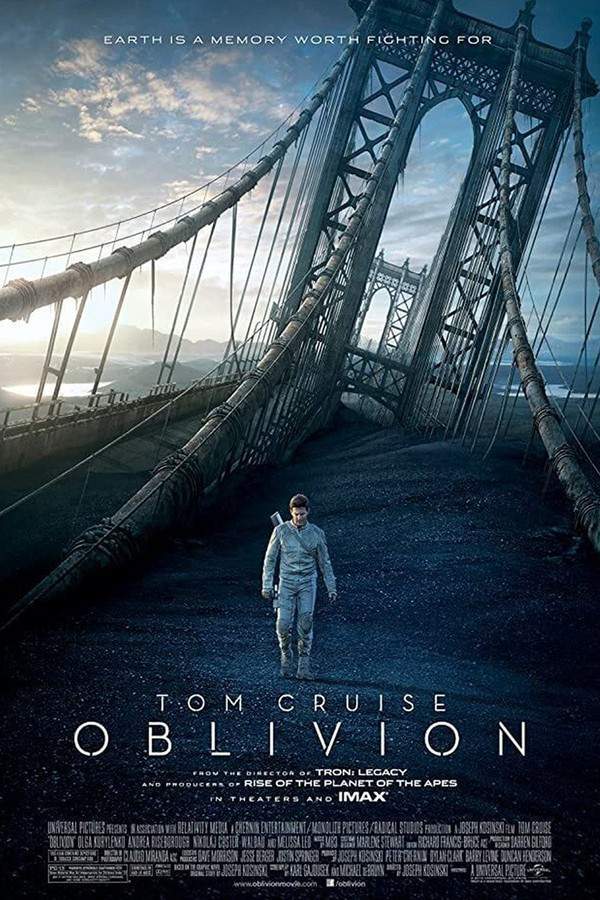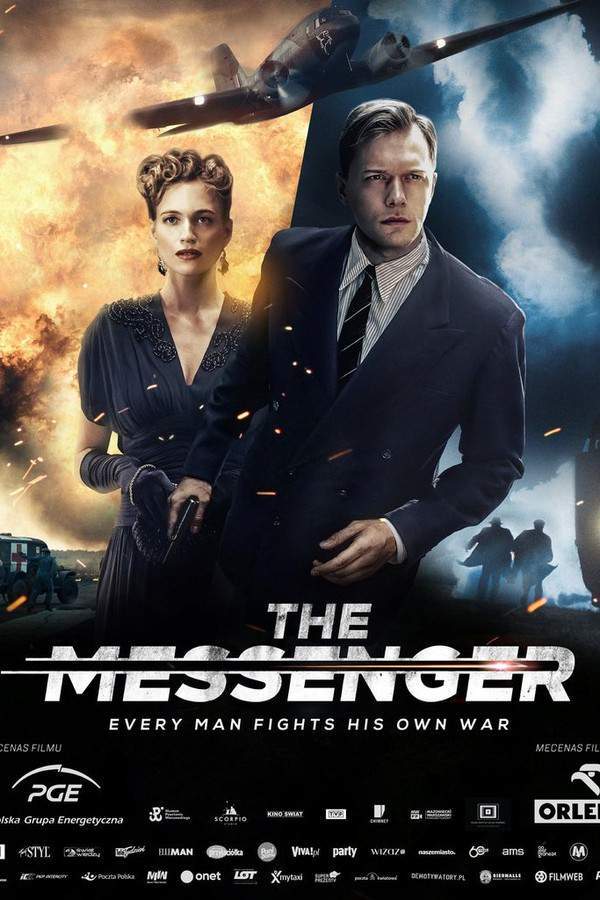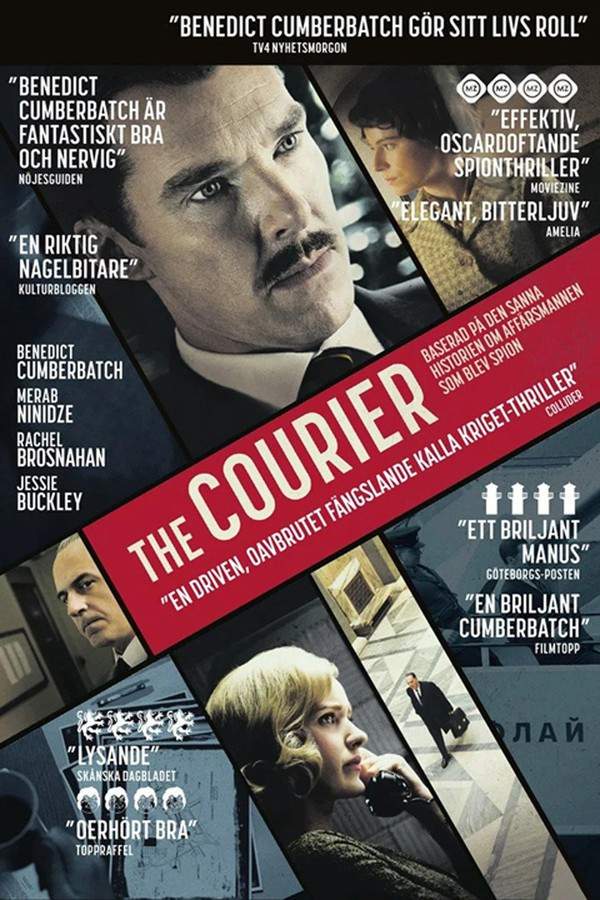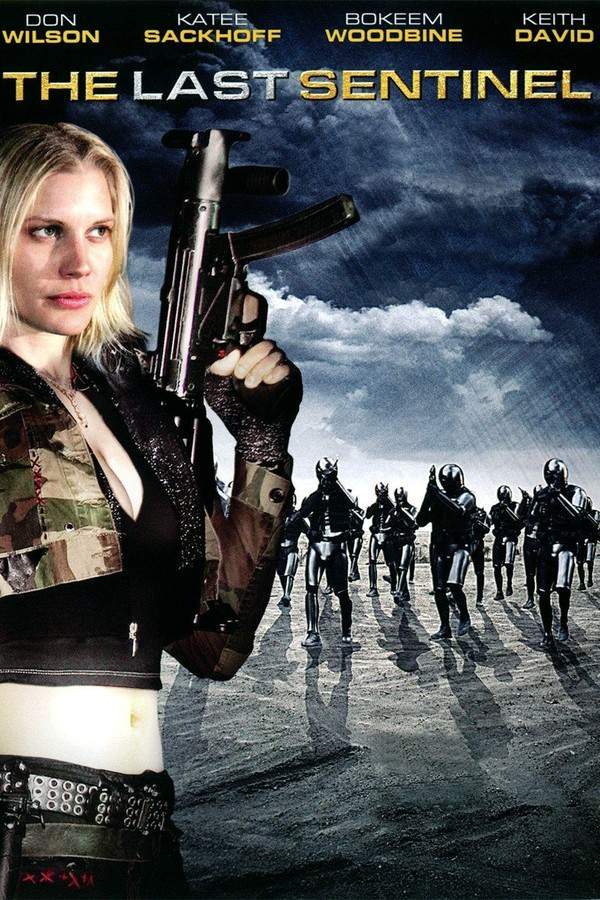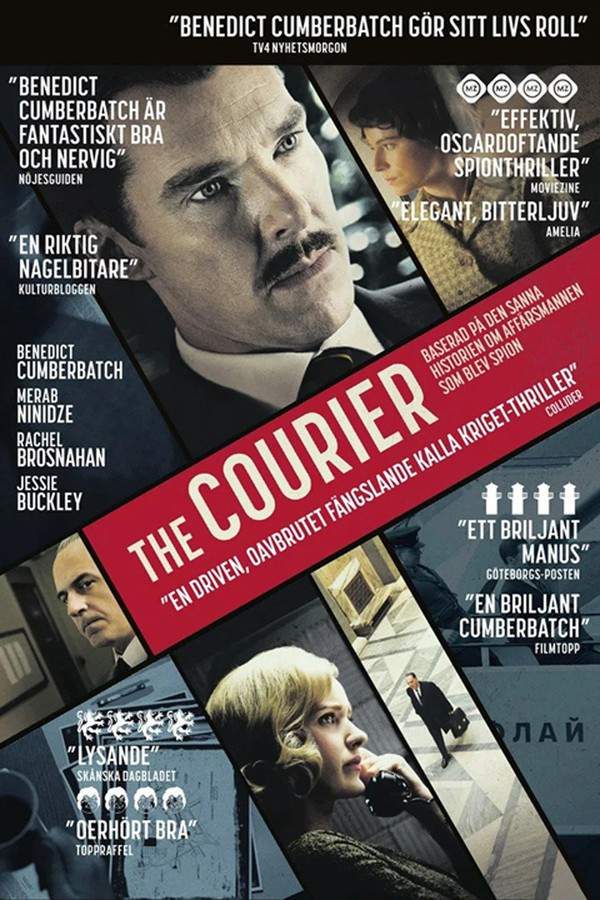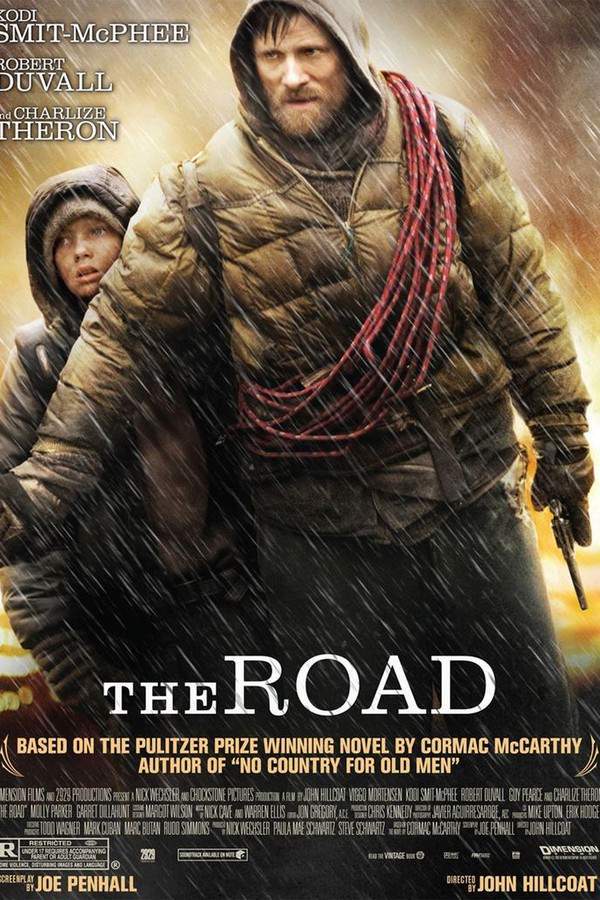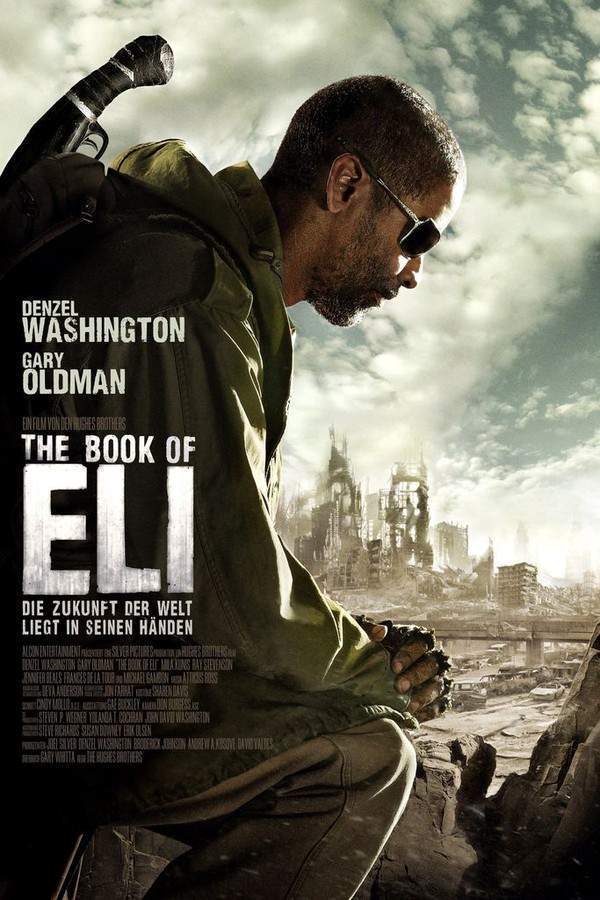The Postman 1997
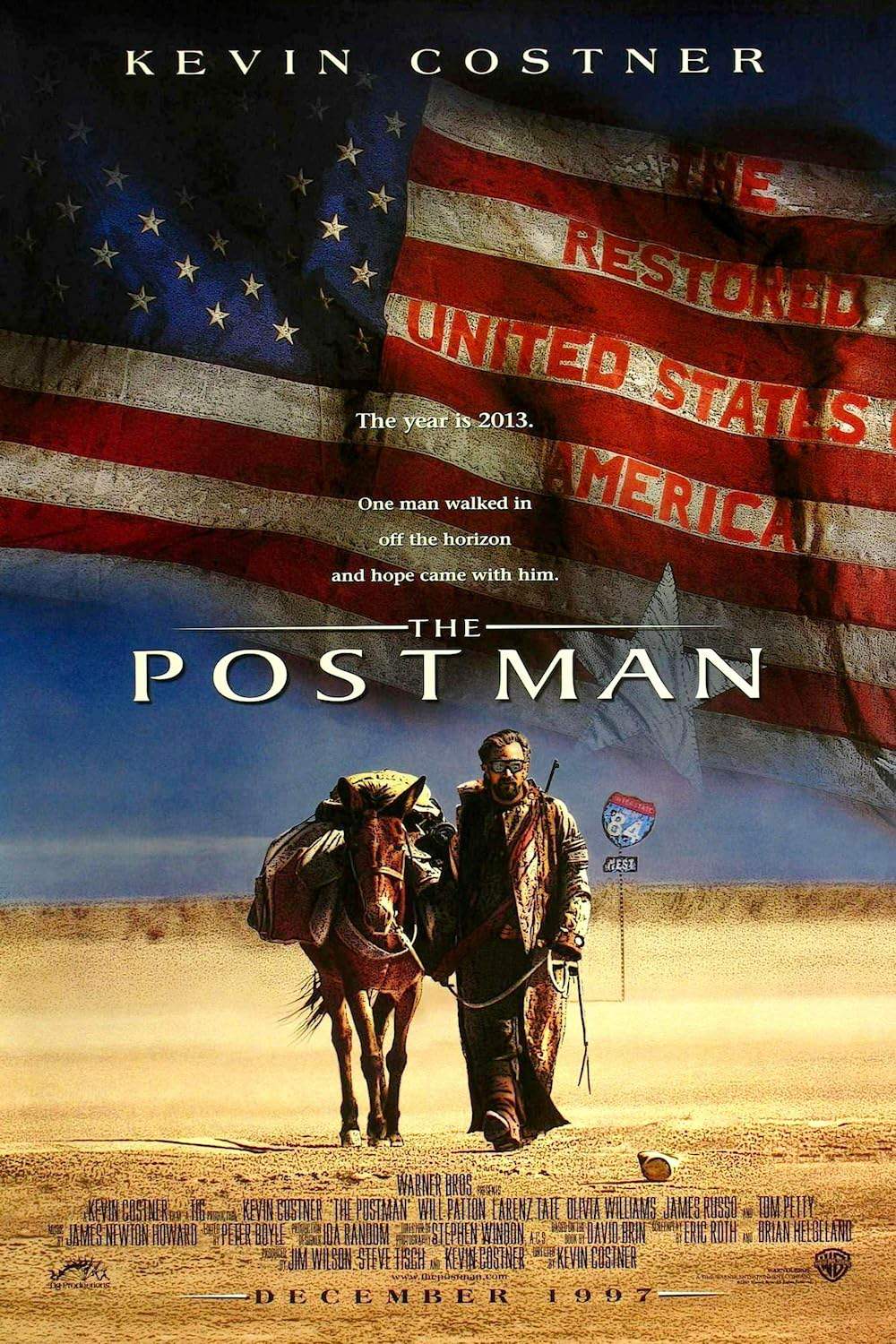
In a post-apocalyptic world, a drifter assumes the role of a traveling postman, carrying letters between isolated settlements. His mission, initially a means of survival, unexpectedly inspires hope and a sense of unity within a fractured nation. As he delivers messages and rekindles communication, he inadvertently sparks a fragile movement, reminding people of the values and connections they thought were lost.
Does The Postman have end credit scenes?
No!
The Postman does not have end credit scenes. You can leave when the credits roll.
Meet the Full Cast and Actors of The Postman
Explore the complete cast of The Postman, including both lead and supporting actors. Learn who plays each character, discover their past roles and achievements, and find out what makes this ensemble cast stand out in the world of film and television.
External Links and Streaming Options
Discover where to watch The Postman online, including streaming platforms, rental options, and official sources. Compare reviews, ratings, and in-depth movie information across sites like IMDb, TMDb, Wikipedia or Rotten Tomatoes.
Ratings and Reviews for The Postman
See how The Postman is rated across major platforms like IMDb, Metacritic, and TMDb. Compare audience scores and critic reviews to understand where The Postman stands among top-rated movies in its genre.

29
Metascore
6.8
User Score


%
TOMATOMETER

0%
User Score

6.1 /10
IMDb Rating

62
%
User Score
Take the Ultimate The Postman Movie Quiz
Challenge your knowledge of The Postman with this fun and interactive movie quiz. Test yourself on key plot points, iconic characters, hidden details, and memorable moments to see how well you really know the film.
The Postman Quiz: Test your knowledge on the themes and events of the 1997 film, The Postman.
What profession does Gordon Krantz assume after losing everything?
Postman
Warrior
Hunter
Teacher
Show hint
Awards & Nominations for The Postman
Discover all the awards and nominations received by The Postman, from Oscars to film festival honors. Learn how The Postman and its cast and crew have been recognized by critics and the industry alike.
24th Saturn Awards 1998
Best Supporting Actor
Full Plot Summary and Ending Explained for The Postman
Read the complete plot summary of The Postman, including all major events, twists, and the full ending explained in detail. Explore key characters, themes, hidden meanings, and everything you need to understand the story from beginning to end.
In this gripping tale set against a post-apocalyptic landscape, the film The Postman delves into the symbolic significance of civilization and its remarkable endurance. The narrative unfolds in three distinct sections, each presenting a unique representation of humanity’s resilience.
The first segment revolves around Gordon Krantz, a wandering performer who, after losing nearly everything to marauders, takes cover in a postal uniform. Armed with a dramatic background from the University of Minnesota, he embarks on a westward trek to Oregon. Here, he discovers solace in an abandoned postal van filled with undelivered mail. As he journeys through the devastated landscape, Krantz adopts the uniform and begins delivering the mail to nearby communities. In exchange for sustenance and shelter, he offers performances of Shakespearean scenes. His initial claims of being a true postman stem not from deceit but from a deep-seated need for others to perceive him as a beacon of hope and continuity.
The second section introduces Krantz to the community of Corvallis, Oregon, which is overseen by Cyclops, a sentient artificial intelligence crafted at Oregon State University and surprisingly intact after the cataclysm. However, this perceived intelligence is merely a superficial front, sustained by a group of scientists striving to preserve a flickering flame of knowledge and order. These scientists feign receiving guidance from Cyclops, leveraging its supposed wisdom to collect food donations from the citizens, reminiscent of the ancient Delphi Oracle.
As Krantz aligns with Cyclops’ caretakers in their conflict against a hypersurvivalist militia, he uncovers the impact of Nathan Holn’s followers—an author promoting a violent, misogynistic, and militaristic ideology. The infamous Holnists, originating from the Rogue River area of Oregon, have spread southward, hindering any attempts at regeneration and healing in the wake of war and plagues that devastated the United States.
The tension escalates as the Postman, now a pivotal figure, forms an essential alliance with a valiant tribe comprised of ranchers, loggers, and Native Americans from Oregon’s Umpqua Valley. This tribe, under the leadership of a Native American veteran of an airborne regiment, embodies a warrior ethos inspired by the Old West, driven by a profound resentment against the Holnists. Despite their successes in thwarting Holnist advances, they have remained apathetic toward the Willamette Valley’s townsfolk, viewing them as weak. The Postman’s appearance stirs something within them, sparking a potential shift in their stance.
As the story deepens, Krantz uncovers a chilling reality—not the electromagnetic pulses, urban decay, or bio-engineered plagues, but the Holnists’ gross exploitation of humanitarian workers and their horrific assaults on communities have ultimately led to society’s collapse. This harrowing discovery highlights the true essence of this dystopian realm, where survival hinges on the precarious balance of power and the propensity for violence.
The climax hints tantalizingly at the prospect of an unexpected alliance taking shape between the Postman’s tribe and various factions, epitomized by their flags – the Bear Flag, a powerful symbol of resistance against the Holnists. In the concluding scenes, hope glimmers as disparate groups begin to unite, poised to initiate a fervent effort to rebuild civilization in defiance of the ever-looming Holnist threat.
Uncover the Details: Timeline, Characters, Themes, and Beyond!

Coming soon on iOS and Android
The Plot Explained Mobile App
From blockbusters to hidden gems — dive into movie stories anytime, anywhere. Save your favorites, discover plots faster, and never miss a twist again.
Sign up to be the first to know when we launch. Your email stays private — always.
Watch Trailers, Clips & Behind-the-Scenes for The Postman
Watch official trailers, exclusive clips, cast interviews, and behind-the-scenes footage from The Postman. Dive deeper into the making of the film, its standout moments, and key production insights.
Cars Featured in The Postman
Explore all cars featured in The Postman, including their makes, models, scenes they appear in, and their significance to the plot. A must-read for car enthusiasts and movie buffs alike.
The Postman Themes and Keywords
Discover the central themes, ideas, and keywords that define the movie’s story, tone, and message. Analyze the film’s deeper meanings, genre influences, and recurring concepts.
The Postman Other Names and Titles
Explore the various alternative titles, translations, and other names used for The Postman across different regions and languages. Understand how the film is marketed and recognized worldwide.
Similar Movies To The Postman You Should Know About
Browse a curated list of movies similar in genre, tone, characters, or story structure. Discover new titles like the one you're watching, perfect for fans of related plots, vibes, or cinematic styles.
Quick Links: Summary, Cast, Ratings, More

What's After the Movie?
Not sure whether to stay after the credits? Find out!
Explore Our Movie Platform
New Movie Releases (2026)
Famous Movie Actors
Top Film Production Studios
Movie Plot Summaries & Endings
Major Movie Awards & Winners
Best Concert Films & Music Documentaries
Movie Collections and Curated Lists
© 2026 What's After the Movie. All rights reserved.
















